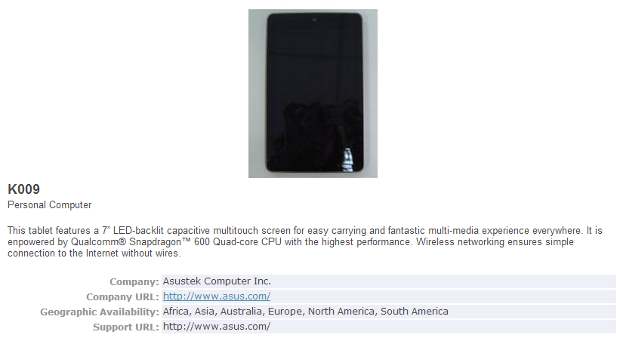Bluetooth, as a technology, revolutionised wireless data transfer between devices. You could send files and information with needing to connect the two devices with cables! And like every piece of technology today, Bluetooth to has gone through myriads of changes and advancements making it better with each iteration and has only gotten better with time.
Today, Bluetooth serves functions beyond just data transfers. It can connect you to the internet, connect devices, stream media and much more. The latest Bluetooth version, Bluetooth 5has a ton of new features and multitudes of advancements making it the best version of Bluetooth till date and have a lot to offer and so here’s all that you need to know about Bluetooth 5 and more.
What is it and where did it originate from?
Before we get to Bluetooth 5.0, we must start with the inception of Bluetooth itself.
Bluetooth is a wireless technology standard for transferring data between two devices in a short-range using short-wavelengthUHF Radio Wavesin the industrial, scientific and medical radio bands from 2.400 to 2.485 GHz. Bluetooth is managed by the Bluetooth special interest group (SIG)which now has over 35000 members today but initially only had Ericsson, IBM, Intel, Nokia and Toshiba as members. The SGI also protects the trademark and oversees development and qualification program. A manufacturer must meet the standards set by the SIG to get the certification.
Bluetooth was developed by Ericsson Mobile in 1989 and was then known as ‘’short-link’’ radio technology. It was named Bluetooth after king Harald Bluetooth who united dissonant Danish tribes into one kingdom.
Bluetooth 5 is the latest iteration of the Bluetooth technology and was released by the SIG in 2016. Its main highlights were better speed, longer range and higher bandwidth. The first smartphone to feature Bluetooth 5 was the Samsung galaxy s8.
So, will Bluetooth 5 work on your older phones?
Sadly, the answer is no. Bluetooth relies on hardware components like a Bluetooth chip and antenna. The chip is built into the circuit board of the phone and changes are made to it with every iteration. Computers have replaceable Bluetooth modules with Antenna and can be upgraded but that’s not the case with phones.

What’s new with Bluetooth 5?
Bluetooth has had many versions starting with Bluetooth 2.0 which came out in 2004 with enhanced data rate giving it higher transfer speeds of up to 3mbps. In 2007, Bluetooth 2.1 was launched with secure simple sampling making the connection easier and more secure. Bluetooth 3.0 which was released in 2009 and it gave us higher speeds by using the 802.11 WIFI radio.In 2010, Bluetooth 4.0 gave us the game-changing low energy protocol that transferred data without using much power.
2013 brought along with itself Bluetooth 4.1 which laid the groundworks for IoT and allowed devices to connect to the cloud indirectly. In 2014, Bluetooth 4.2 was released, which tried to break the range barrier by using IPv6 protocol enabling Sensors and devices to connect to the internet directly.
Bluetooth 5, which came out in 2016 had increased the transfer Bandwidth which allowed for multiple devices to be connected at once. Bluetooth 5 also focused on internet of things (IoT) and also made changes to BLE or Bluetooth low energy, allowing them to communicate to devices like headphones which was previously not possible for BLE. Bluetooth 5 can hit speeds up to 2mbps which is a 2x improvement over the previous version. It also has a range of 240 meters which is 4x the range of the previous version. It also uses aptX compression standard to give you higher quality audio.
Where is it used and is it backwards compatible?
Bluetooth 5 is currently used in all the latest smartphones, computers, headphones and IoT devices. The higher range and low battery consumption is making it ideal for smaller devices like smartwatches and headphones. Bluetooth 5 is backwards compatible and works with legacy Bluetooth devices. Devices with Bluetooth 5 will connect to devices using the older Bluetooth versions and vice-versa.
Bluetooth has changed the way devices connect and has brought technology a long way and it also shows how quickly technology is advancing. Bluetooth has come a long way but still has a long way to go.


